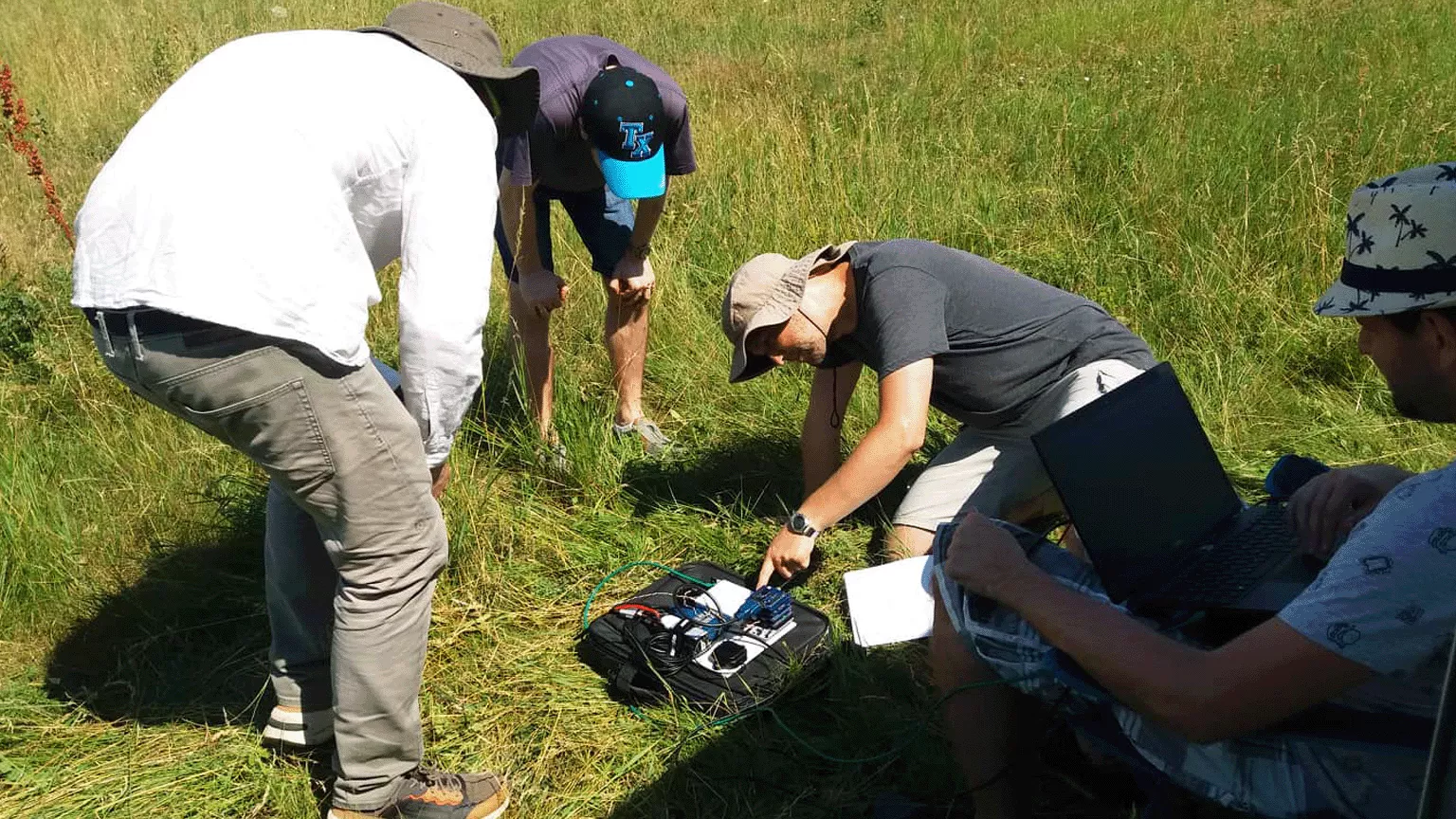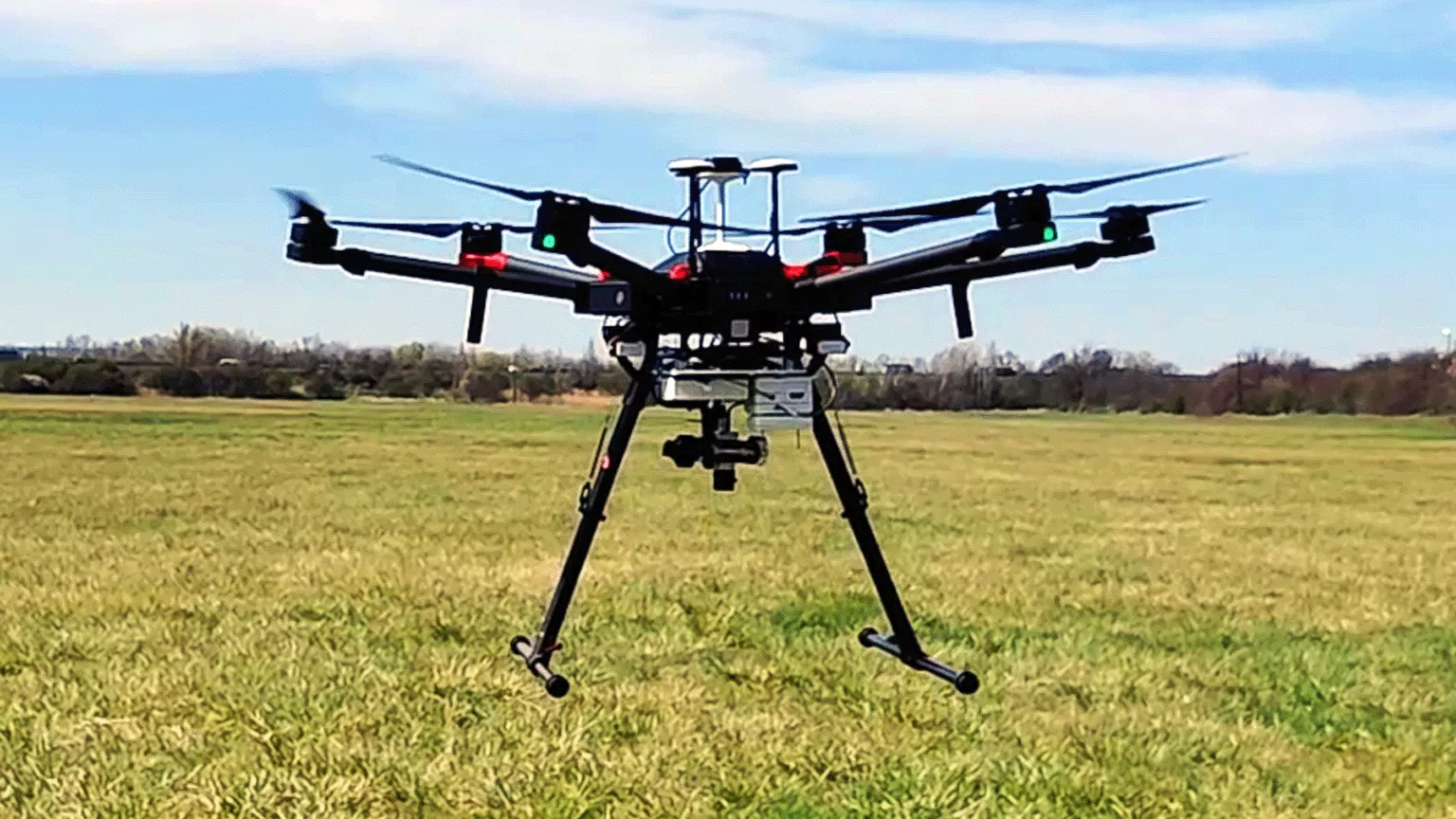Practical testing of a forerunner drone, which is equipped with a autopilot and was jointly developed by the Széchenyi István University of Győr (SZE) and the ELKH Institute for Computer Science and Control (SZTAKI), has been completed successfully. The autonomous and camera stabilization functions worked flawlessly in all tests performed, and the device is now ready for targeted urban environment testing.
A complex simulation of the concept, including hardware elements, was presented last year. Then, in April 2022, the project saw the first test of the on-board system – with a camera, navigation sensor, image processing computer and gimbal – built into the DJI M600 hexacopter, before in May 2022 the drone successfully flew with the self-developed autopilot, while also collecting camera footage. The purpose of the first flights was to test the camera stabilization gimbal and the hexacopter's autopilot with the extra weight and possible electronic disturbances of the on-board system, which was also recorded on video.
The autopilot guided the hexacopter with speed, altitude and direction reference signals. To achieve this, the specialists developed autonomous control systems that enable hovering, turning in different directions, approaching a designated coordinate and returning to the initial position while holding the position through ascent and descent. The on-board system can move the drone on a triangular trajectory, stop it at decisive points and turn it in the right direction, and also move it continuously without stopping.

The functions worked flawlessly in all tests performed, and a recording of this can be viewed here. The emergency stop function, which was developed and tested beforehand in a simulation environment, also worked as expected during the real environment tests.
The forerunner drone is also equipped with an algorithm suitable for vehicle detection, and the system collected the data necessary for its development by passing over the developers' own cars. The recorded image data can also be used to test the control of the gimbal attached to the device, the stabilization of the recording, and the vehicle detection algorithm. According to the flight data, the gimbal keeps the vertical direction within 2 – or at most 3 – degrees, which is also confirmed by the camera footage.

The vehicle detection on the recordings was also tested with the algorithm taught in the UNREAL-Carla simulation and on real image databases. While former tends to lose sight of vehicles, the latter regularly detects them. A test video made about this can be viewed here.
This project is being carried out within the framework of the project "Development of innovative vehicle industry testing and inspection competencies in the Western Hungarian region relying on the infrastructure of the Automotive Test Track in Zalaegerszeg", as part of the FT2 "Autonomous near-Earth aerial solutions" sub-project. The next step will be targeted urban environment testing of the algorithms on the ZalaZone test track.